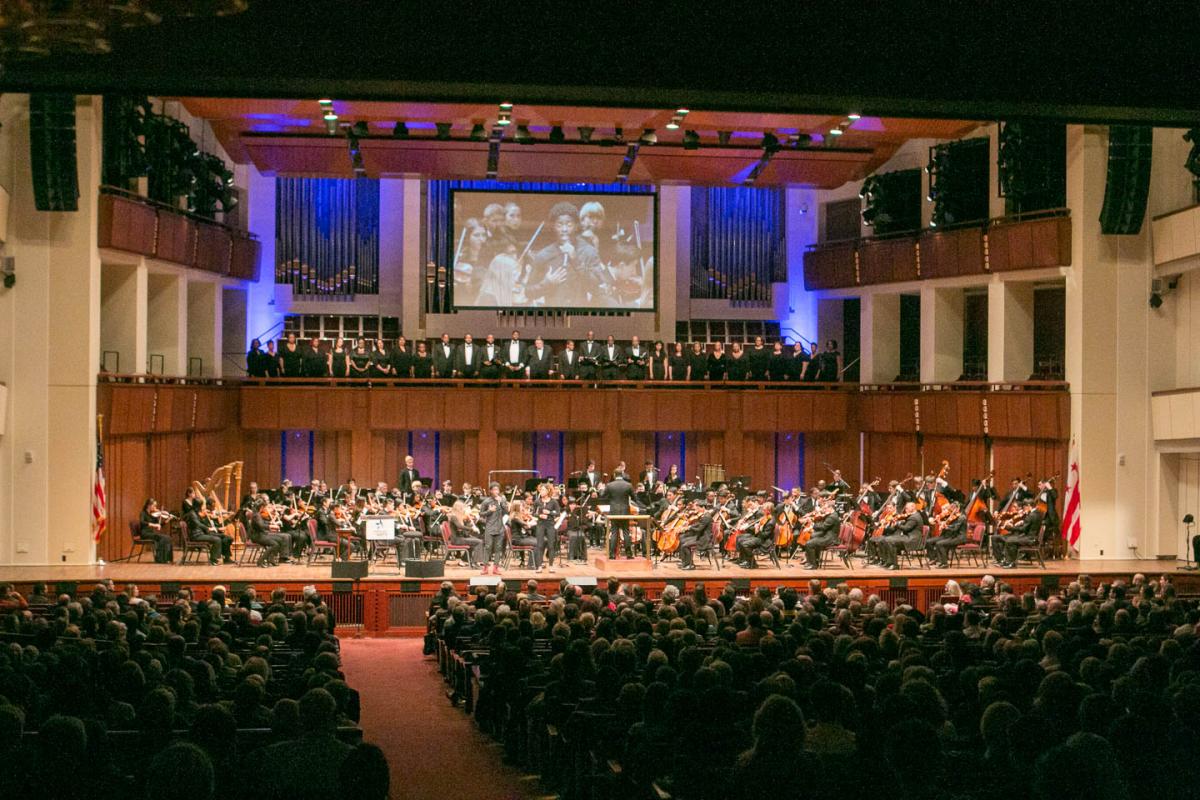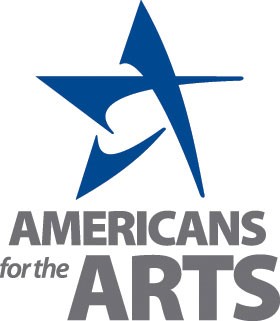Five Trends in Arts and Culture

The Atlanta Symphony Youth Orchestra performs at the Nancy Hanks Lecture on Arts and Public Policy along with the Voices of Inspiration Chorus and three young vocalists from the Duke Ellington School of the Arts on March 23, 2015.
This post is part of our inaugural Trendspotting Series profiling important ideas that will be shaping some major fields of interest in 2017. Each piece represents the views of its author(s) and not the views of the Council.
1. INCREASING THE ROLE OF THE ARTS IN CROSS-SECTOR ISSUES
Artists and arts organizations are actively working across sectors to solve the complex challenges that our communities face. Arts and community partnerships are increasingly essential and they rely on the expertise and strengths of both partners in order to more effectively address issues.
Across the country, arts organizations and local arts agencies are partnering with military and veteran’s organizations, urban equity programs, and businesses all while helping nationwide to address homelessness, hunger, violence, disaster aftermath, and other social issues.
2. NONPROFITS ARE BEING EXPECTED TO PLAY BY FOR-PROFIT RULES
According to an Americans for the Arts national statistic, 60 percent of the revenue for nonprofit arts organizations comes from earned revenue, such as the sale of tickets, merchandise, and services. Current public and private funding trends are nudging arts nonprofits further toward more innovative ways of creating revenue while staying true to their mission.
A pressing factor is that the share of philanthropy and public funding that goes to the arts is decreasing as funders consolidate their issues. While the arts are valuable to society in and of themselves, it is also increasingly important to make the case that they are essential partners in solving many of the priorities funders are targeting.
3. ARTS EDUCATION SEEPS BACK INTO SCHOOLS
Students with an education rich in the arts have higher GPAs and standardized test scores, and lower drop-out rates—benefits reaped by students regardless of socio-economic status. According to our recent public opinion poll, 90 percent of American adults believe K-12 students should receive an education in the arts. At the end of 2015, the Every Student Succeeds Act (ESSA) replaced the No Child Left Behind Act.
Some former roadblocks like relentless testing have been relaxed and local leadership can redirect funds to what they believe will benefit the children in their communities. Positive and enduring results will still rely on local leadership and persistent advocacy so that the arts don’t disappear the next time the economy hits a bump.
4. VALUE OF THE ARTS IN HEALTH AND WELLNESS
Nearly one-half of the nation’s healthcare institutions provide arts programming for patients, families, and even staff. Seventy-eight percent deliver these programs because of their healing benefits to patients—shorter hospital stays, better pain management, and less medication. Seventy-percent of American adults support government funding for arts programs that aid military personnel in their transition to civilian life. And as the world faces more natural and human generated disasters, arts organizations are being called upon to both better prepare themselves for their own survival as well as participate in the healing and recovery efforts for members of the community.
5. AMERICANS ARE EXPERIENCING THE ARTS THROUGHOUT THE COMMUNITY
The American public engages in the arts in many ways—as attendees, arts makers, art purchasers, online and public art consumers, and arts advocates. Two‐thirds of American adults attended an arts event in a traditional venue in the past year (68 percent). Yet, even more Americans (77 percent) experienced the arts at a “non‐arts” venue such as a park, hospital, shopping mall, or airport.
Despite the individual and community benefits, just 45 percent believe that "everyone in their community has equal access to the arts." We need to make sure that we are providing opportunities for everyone to participate in the arts and looking beyond traditional methods of participation.
Robert Lynch is President and CEO of Americans for the Arts. He currently serves on the boards of the Independent Sector, the Arts Extension Institute, and the University of Massachusetts-Amherst College of Humanities and Fine Arts Dean’s Council.
Learn more about the work of Americans for the Arts

